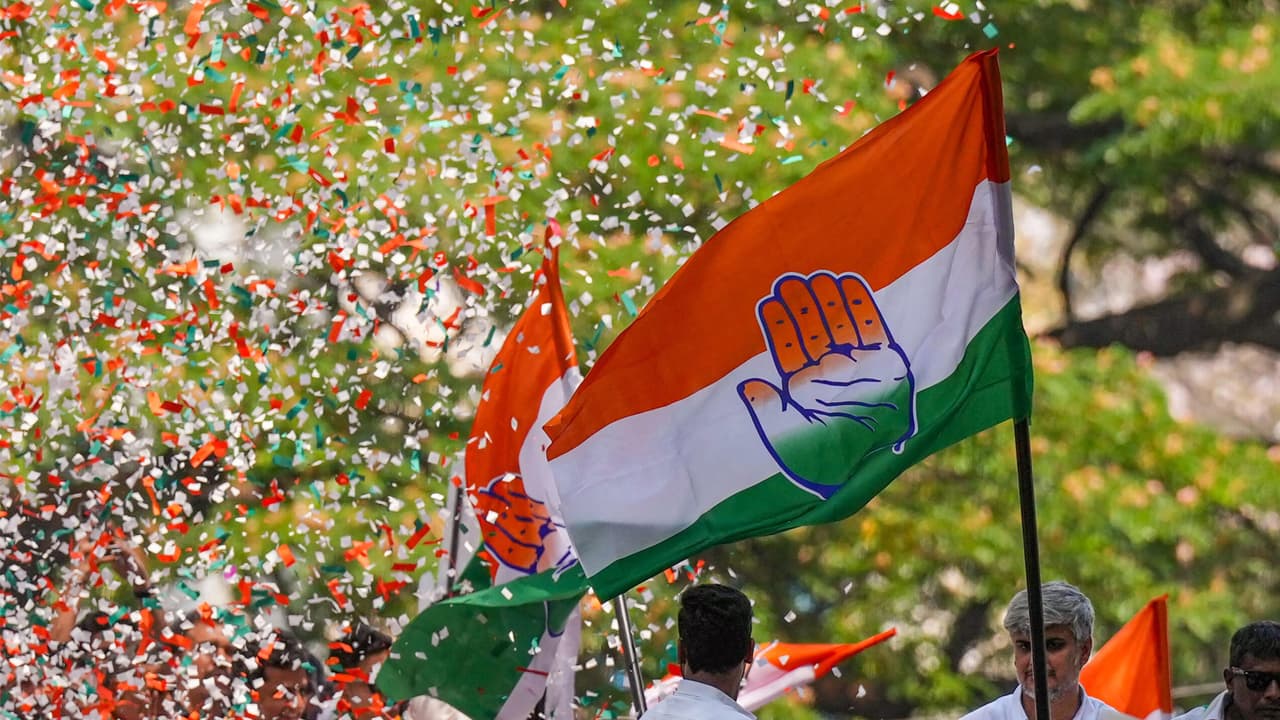The decline of Congress in Bihar is the result of internal weaknesses and changing social equations. The party is struggling with the crisis of relevance, votes in many seats are less than NOTA. Dependence on alliance has further weakened it.
The decline of Congress in Bihar politics is no longer like a sudden accident, but is the culmination of years of internal failure, weak strategy and not understanding the changing social equations. Congress, which was once the pivot of power in Bihar, is today in such a situation that its vote share in many seats has gone below NOTA. This is not just a story of defeat, but of a crisis of political relevance. Despite Rahul Gandhi’s continuous visits, tours and speeches, the party could not even touch the double digit figure in this assembly election and was reduced to only 6 seats.
Social justice politics changed the equation
The decline of the Congress began in the 1990s when Bihar politics gave rise to new political frameworks of caste realignment and social justice. After the rise of Mandal politics, Congress started getting cut off from the main political stream. The Congress leadership became distant from the ground and without communication with the public, after which the Congress cadre remained waiting for leadership instead of building the organization for decades. During this period, leaders like Lalu Prasad Yadav, Ram Vilas Paswan and Nitish Kumar emerged, but Congress could not decide its role.
Coalition politics gave temporary oxygen, not cure
Congress gradually changed from being a party fighting for independence to becoming an ally party. After 2005, it became almost certain that it had lost the ability to win in Bihar by fighting alone. The wave of the Grand Alliance in 2015 gave it the borrowed honor of 27 seats, but it was not on its own.
In 2020, it got a chance to contest on 71 seats, but the party could win only 19 seats, that is, it got expansion, not influence. The situation became more dangerous in 2025, Congress’ votes in many seats were less than NOTA. This is an indication that the public has stopped considering the party as an alternative.
Year wise figures of Congress’ declining performance in Bihar (seats)
- 1980 (undivided Bihar): 169
- 1985 (undivided Bihar): 196
- 1990 (undivided Bihar): 71
- 1995 (undivided Bihar): 29
- 2000 (undivided Bihar): 23
- 2005 (February): 10
- 2005 (October): 09
- 2010:04
- 2015: 27
- 2020: 19
- 2025:06
The real question before Congress
Today, the challenge for Congress is not just to increase seats but to find the answer to the question “does it still matter in Bihar or not?” He will have to do this in his future strategy. Congress will have to rebuild the organization and it will also be a challenge to prepare local leadership. Along with this, activating grassroots cadre and creating understanding of new social equations is also a challenge. Apart from this, Congress will also have to reduce its dependence on alliances. If Congress does not learn a lesson from this turn, then its existence in Bihar politics will remain only in the history books and not in the field.
